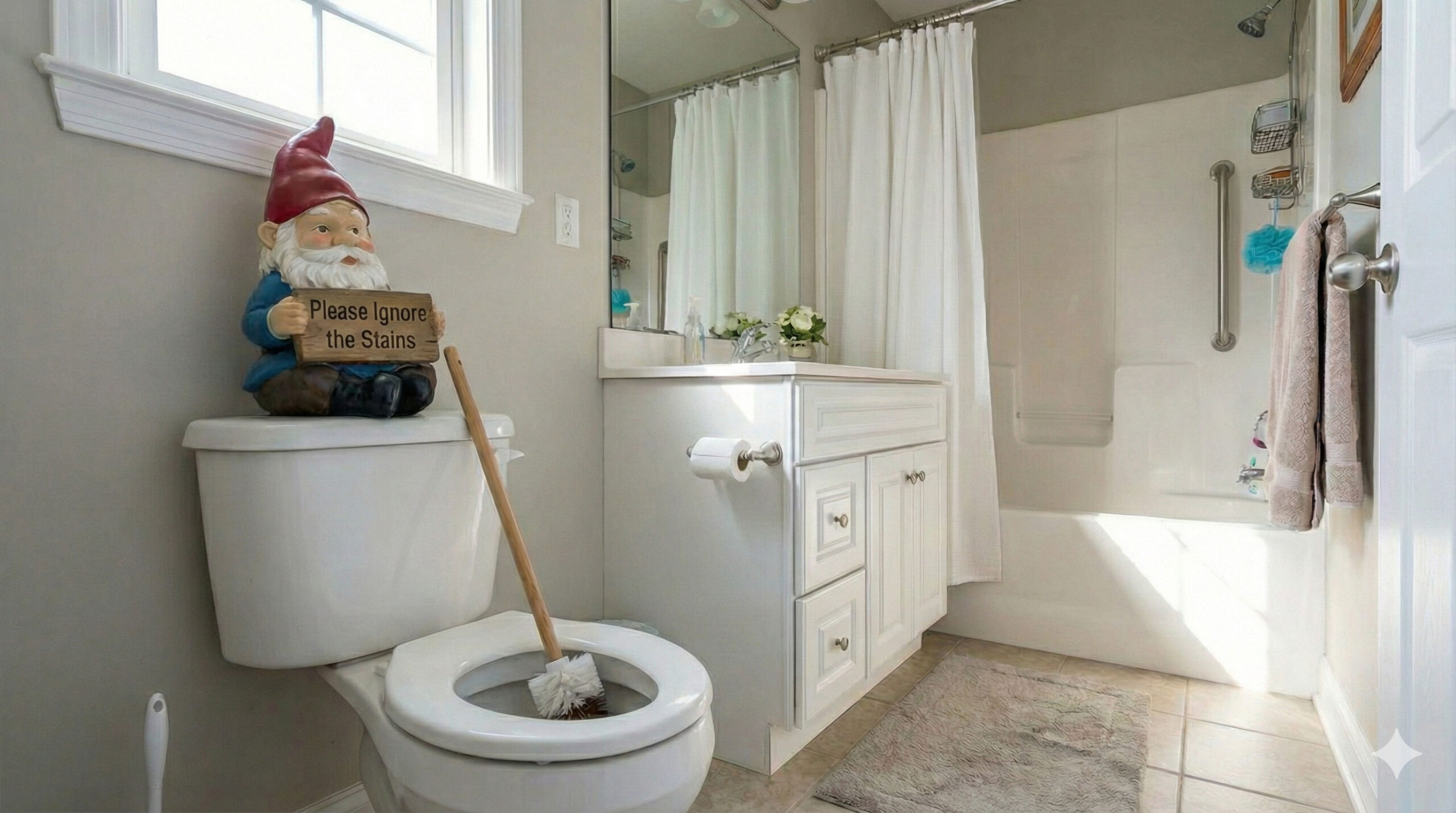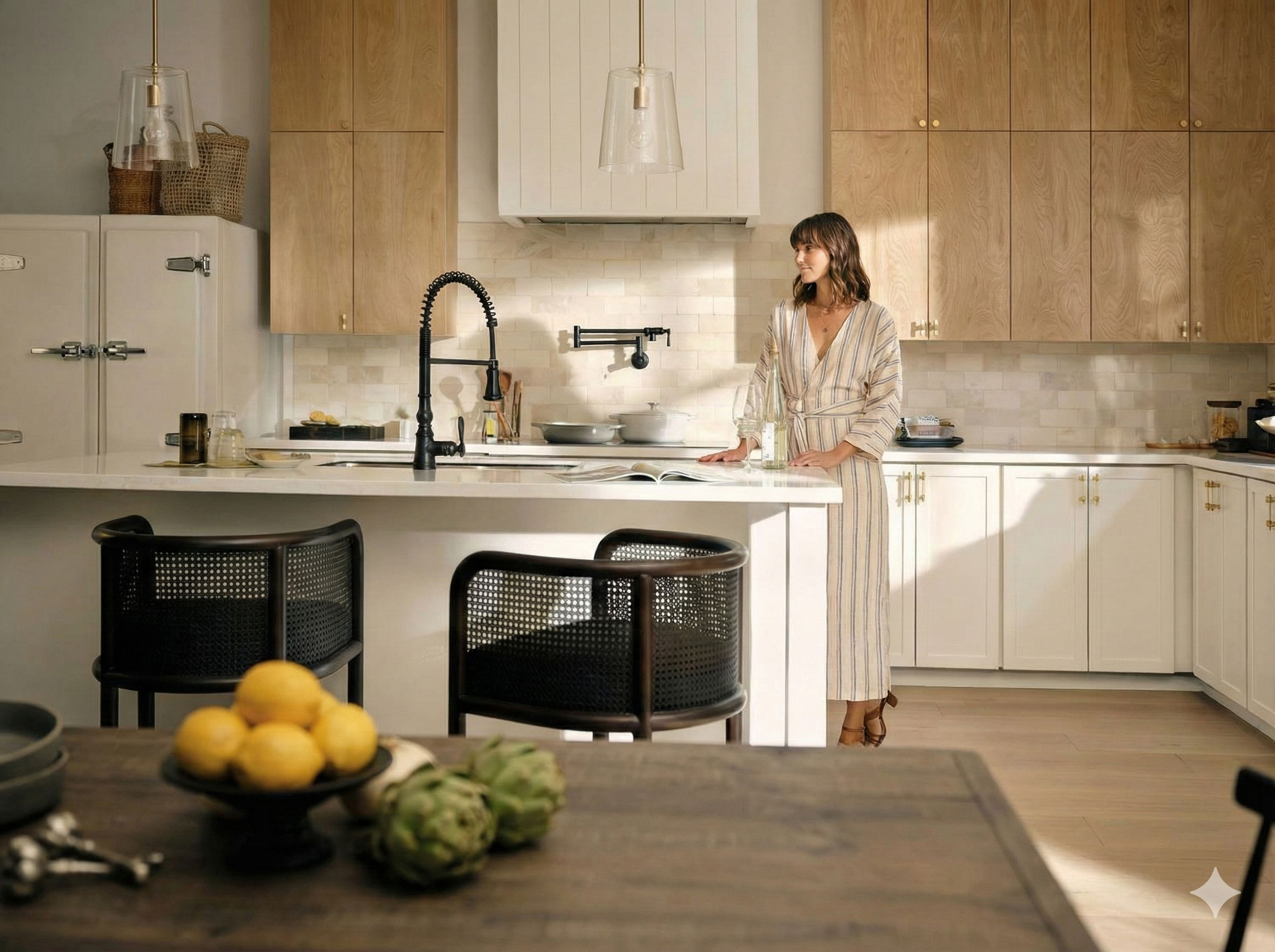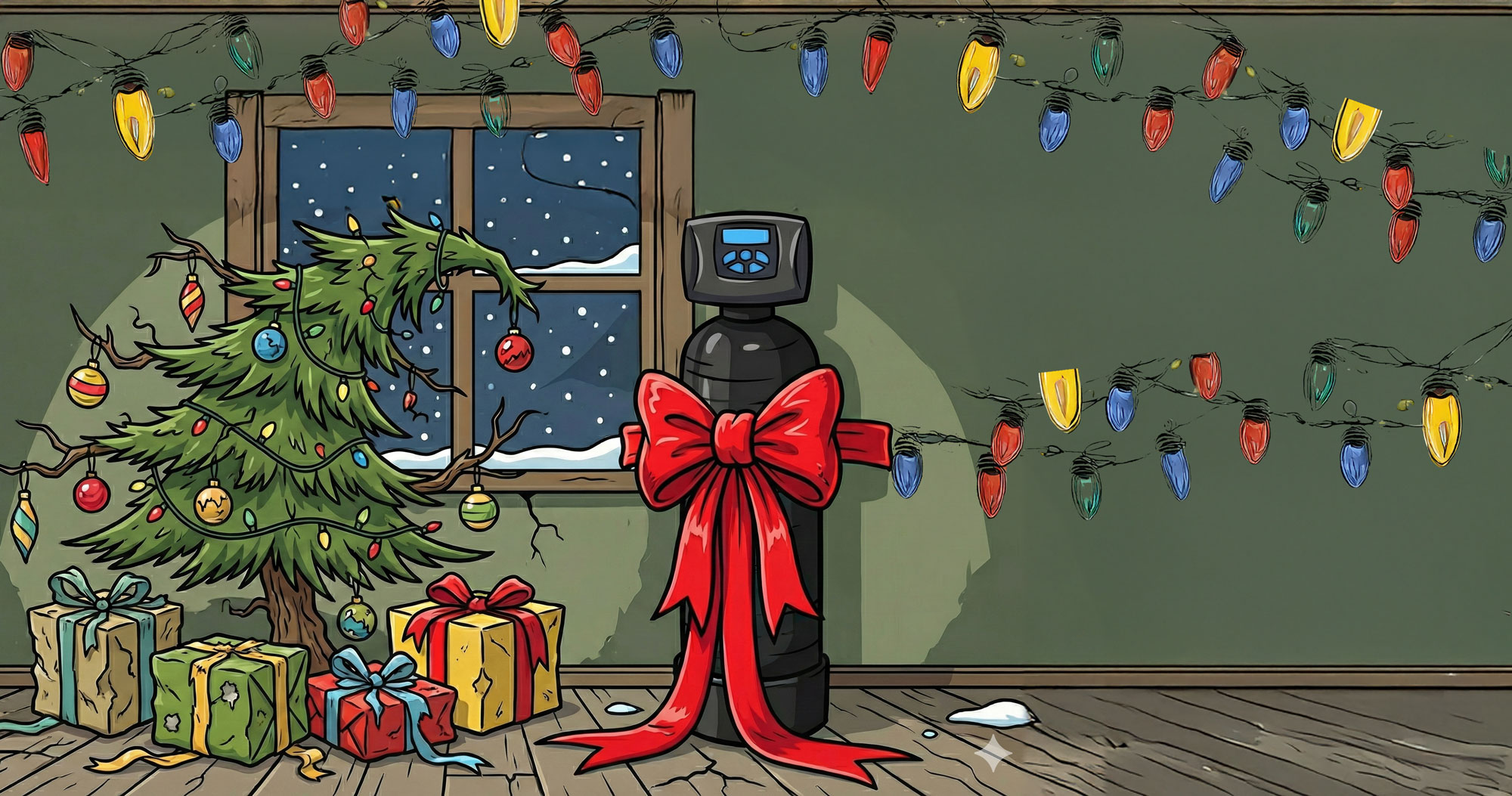Students interact with water all day—filling bottles, using fountains, rinsing fruit. Turning those moments into lessons builds real-world science skills, boosts health literacy, and helps families make smarter choices at home. For a friendly primer on key concepts, see our overview: Water Science 101.
Why it belongs in K–12 curriculum
- A daily life skill. Students learn to read labels, interpret simple results, and apply what they learn at home.
- An easy gateway to STEM. Simple activities—pH, hardness, and TDS—make chemistry tangible and fun. If families want a deeper look at hardness, the USGS offers a clear explainer on what hardness is and why it varies by region.
- Data literacy that feels authentic. Reading a local Consumer Confidence Report (CCR) is genuine practice with tables, graphs, and evidence-based discussion; the EPA explains what CCRs are and how to use them.
- Community connection. Watersheds, infrastructure, and conservation link classroom science to place-based learning and service.
What Students Can Learn at Each Level
K–2: Senses & simple filters. Observe clarity and odor (no tasting). Build a “sand–charcoal–cotton” model filter to see how physical filtration works.
Grades 3–5: Properties of water. Make red-cabbage pH indicator and test safe samples. Try a soap-lather demo to introduce hardness and why dishes get spots.
Grades 6–8: Systems thinking. Trace your water’s path (aquifer, reservoir) and map the local watershed. Read a CCR: what “within limits” means and whom to call with questions. To find your local CCR, start here. sdwis.epa.gov
Grades 9–12: Data & design. Compare tap, bottled, and softened water results; discuss variability and fair tests. Sketch a simple cost-benefit for common treatment options (sediment, softening, Reverse Osmosis). If RO or remineralization comes up, this page gives a quick classroom-friendly overview: Ultrapure Alkaline Drinking Water.
A 30–60 Day Quick-Start Plan
Weeks 1–2: Pick a pilot and a champion. Choose one grade/class, block 2–3 periods, and set clear learning goals. If you align to NGSS, highlight the Science & Engineering Practices (SEPs) students will use. Next Generation Science Standards
Weeks 2–3: Gather safe, low-cost materials (< $150). Clear cups, droppers, gloves/goggles, red-cabbage pH or litmus, a TDS pen, soap chips, coffee filters, sand, activated carbon. For fun and easy DIY tests students can try at home, check out our in depth article: DIY Water Experiments.
Weeks 3–4: Safety & approvals. Use unopened control samples for demos; never ingest test water. Label everything, follow district policies, and send a short family notice/opt-in. For school-specific lead guidance, the EPA’s “3Ts” resources are the gold standard (Training, Testing, Taking Action).
Weeks 4–6: Teach, share, celebrate. Run your activities, display results in the hallway, and invite families to a short “Water Night.”
Ready-to-Teach Activities (Plug-and-Play)
Build-A-Filter Challenge (45–60 min). Compare physical filtration to dissolved contaminants. Materials: clear bottles, gravel/sand/cotton/charcoal, food coloring. Assessment: A Claim–Evidence–Reasoning paragraph with a photo of the build.
pH with kitchen chemistry (30 min). Tell acidic/neutral/alkaline apart and connect to taste and plumbing. Use cabbage indicator; compare unopened bottled, tap, and (if available) softened water. If questions arise about adjusting pH in homes with acidic water, this service guide explains typical approaches: Neutralizer Systems.
Hardness & soap-lather test (20 min). See how calcium/magnesium affect cleaning and spotting. If families ask about mitigation, this overview is helpful: Water Softener Installation & Maintenance. For regional context on hardness, the USGS has a national map and FAQ.
CCR scavenger hunt (30 min). Read a real CCR. Find pH, hardness, disinfectant byproducts, and utility contacts. Prompt: “What does ‘within limits’ mean—and what would you ask your utility?” For context on CCRs, see the EPA’s consumer page: US EPA
Map your watershed (30–45 min). Connect local geography to water sources and stormwater practices; share a one-slide “3 ways our school can be water-smart.”
Budget, Supplies & Safety
A starter kit under $150 covers red-cabbage pH or litmus strips, a TDS pen, clear cups and droppers, soap flakes, sand/activated carbon, coffee filters, and PPE (gloves, goggles). Classroom protocol: no tasting; label all samples; wash hands; dispose per teacher directions. If classroom results raise concerns at home, guide families toward certified testing rather than DIY decisions from demos. For general school guidance on drinking water access and contingency planning, check out our investigation.
Assessment & Documentation
Use a simple rubric for lab notebooks (setup, measurements) and a clear CER paragraph using class data. Cross-curricular options:
- ELA: an op-ed (“Why our school should teach water quality”),
- Math: graph class pH/TDS with averages and variability,
- Art: posters for Water Night.
To make your standards alignment explicit, name the SEPs (e.g., analyzing and interpreting data; arguing from evidence). Next Generation Science Standards
FAQs Teachers Ask
Do we need expensive gear? No—$50–$150 gets you started safely.
Is it safe? Yes, when you use control samples and never ingest test water. If questions arise about lead specifically, the EPA and CDC have accessible summaries. US EPA+1
What if results raise concerns? Teach process and limits; for decisions, use certified testing and talk with a qualified professional.
Does this fit standards? It aligns with NGSS practices (planning investigations, analyzing data, arguing from evidence).
Extend Learning to Families & the Community
Share a Family Water-Smart Checklist (refill stations, reusable bottles, flushing seldom-used taps after breaks, when testing makes sense). For a fun capstone, host a School “Water Night” with pH, hardness, and filtration stations; showcase student findings; and offer a brief Q&A. If your community wants to check water reports themselves, point them to the EPA’s “Find Your CCR” tool: sdwis.epa.gov.
How Dierolf Can Help (Free, Helpful Support)
- 15-minute planning consult for educators—we’ll share sample lessons and supply lists.
- Guest demo or Water Night support—we bring the “wow” and the safety gear.
- Complimentary water test for families in our local communities. Our trusted experts take the time to analyze your water, assess your plumbing system and provide solutions that help you get the cleanest, safest water possible.



